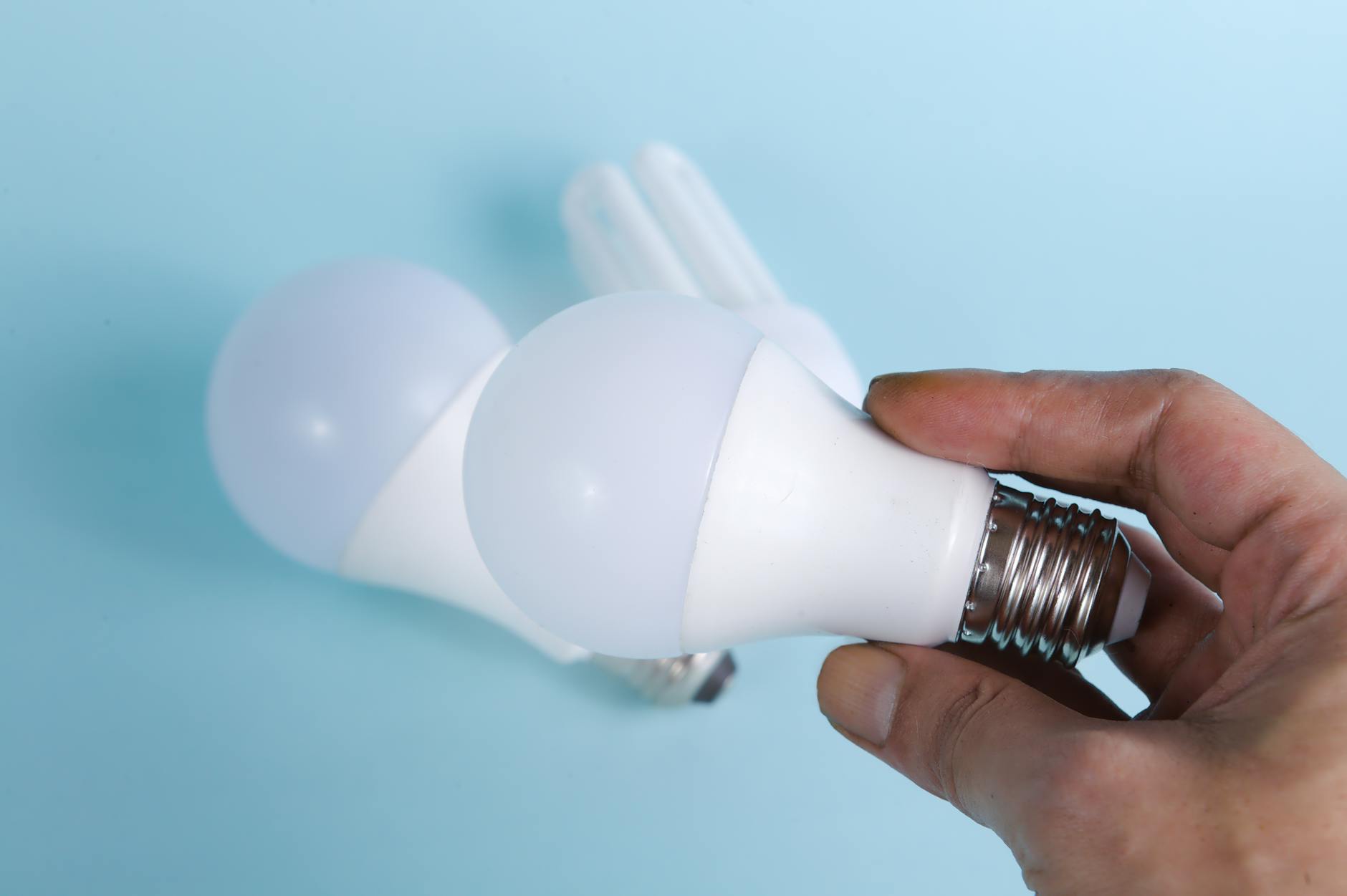The promise of LED lighting technology has been bright, touting not just improved energy efficiency but also considerably longer lifespans compared to traditional incandescent bulbs. With figures like “25,000 hours” thrown around, it’s easy to be impressed. But what does this number actually mean for the average consumer? This post delves into the nuanced reality behind LED lifespan, illuminating what you can really expect from your bulbs.
The Basics of LED Lifespan
At first glance, 25,000 hours suggests that if you use your LED bulb for 3 hours per day, it should last for approximately 22.8 years—far surpassing its incandescent and fluorescent counterparts. However, the truth behind these numbers is based on laboratory conditions that may not mirror real-world usage.

Understanding L70
L70 refers to the point at which an LED light has decreased to 70% of its original brightness, a metric used to define its “functional lifespan.” This decrease in brightness, known as lumen depreciation, is a more relevant measure of lifespan than outright bulb failure.
The Impact of Heat
Excessive heat can dramatically reduce the lifespan of an LED bulb. Despite LEDs being more efficient and generating less heat than incandescent bulbs, the heat they do generate must be properly managed. Insufficient heat dissipation can lead to faster lumen depreciation and shorter lifespans.
Dimming and Color Shift
Over time, LEDs can experience changes in color temperature and reduced dimming capabilities. While not necessarily indicating a complete failure, these shifts can affect the quality of light and may prompt replacement before reaching the end of the nominal lifespan.

Real-World Usage
Real-world conditions—such as voltage fluctuations, switching cycles, and ambient temperature—can all affect the lifespan of an LED bulb. The 25,000-hour figure is based on ideal conditions that are rarely met in the average home.
Manufacturers’ Claims
It’s crucial to scrutinize manufacturer claims regarding LED lifespan. Not all manufacturers test their products under the same conditions, making it challenging to compare claims directly. Quality and design differences play significant roles in how long an LED product actually lasts.
Cost vs. Benefit
When considering the cost of LED lights, it’s important to factor in their longer lifespan in the context of their higher upfront cost. Despite potential discrepancies in lifespan claims, LEDs still offer substantial efficiency and cost savings over their lifetime when compared to traditional lighting options.
Conclusion
The advertised lifespan of LED lights, like the 25,000 hours claim, offers a useful, albeit optimistic, indicator of their potential. To maximize the benefits of LED technology, users should consider product quality, manage heat effectively, and prepare for variables like lumen depreciation. By understanding the factors that affect LED longevity, consumers can make more informed decisions and optimize their lighting solutions.
Frequently Asked Questions
Is the 25,000-hour lifespan claim for LEDs realistic? The 25,000-hour claim is based on optimal conditions and laboratory tests. Real-world factors often result in a shorter lifespan, but LEDs still outlast other lighting technologies considerably.
Do all LEDs last the same amount of time? No. Lifespan varies significantly depending on the design, quality of construction, and usage conditions. It’s vital to select high-quality LEDs and use them as recommended.
Can I do anything to extend my LED’s lifespan? Yes. Avoid excessive heat, manage ambient temperature, and opt for LEDs with good heat dissipation capabilities. Also, look for products with solid warranties.
Are LEDs worth their higher upfront cost? Absolutely. Despite a higher initial price, LEDs offer long-term savings on energy bills and need replacing far less frequently than traditional bulbs.
How does lumen depreciation affect my lighting? Lumen depreciation can lead to dimmer lighting over time. While the LED may still work, it may not provide sufficient light, leading to earlier replacement than anticipated.





